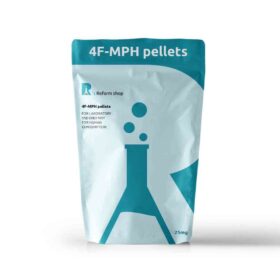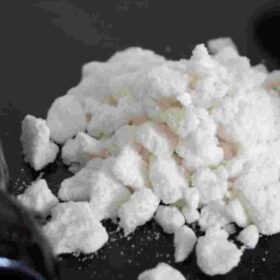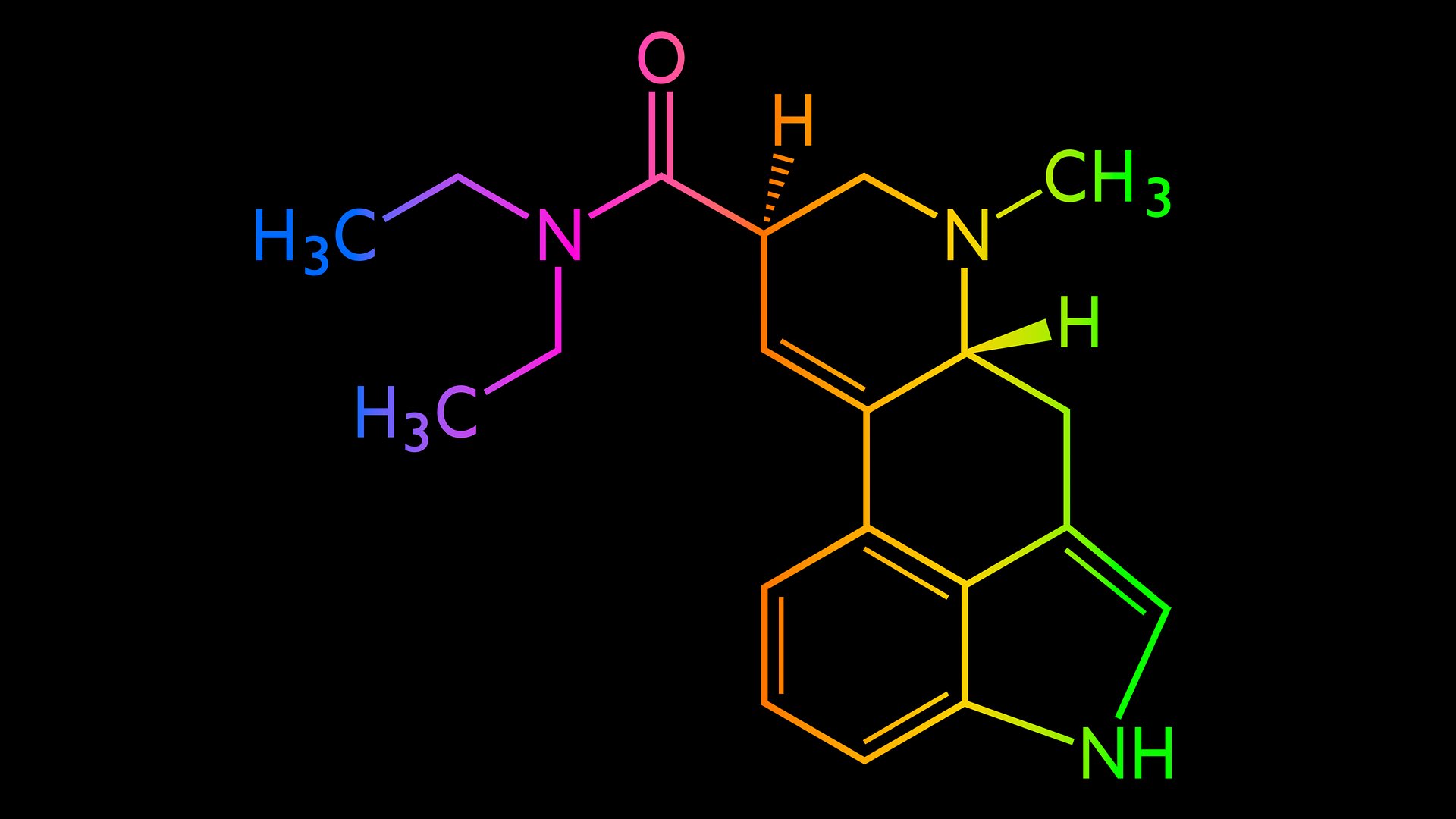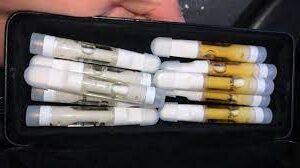The legal landscape surrounding 3-MMC legality in the Netherlands, a psychoactive substance similar to substances like mephedrone and other psychotropic substances, in the Netherlands is as complex as it is intriguing, reflecting broader challenges with regulating psychoactive drugs. On one hand, the country is known for its liberal policies on substances, including drug usage and heroin; on the other, a growing concern over public health and safety and its consequences in nightlife has led to a reevaluation of where 3-MMC stands legally. Navigating this terrain requires a clear understanding of current laws and the shifting perspectives that influence them, including the consequences, experts’ insights, the need for adaptation, and how nightlife is affected. This post aims to demystify the legal status of 3-MMC in the Netherlands, providing essential insights for those trying to make sense of the regulations governing this controversial substance, with experts highlighting its impact on nightlife and the need for clear guidelines.
-
 Buy 4F-MPH – Best Deals on 4F-MPH for Sale!Price range: $150.00 through $1,600.00
Buy 4F-MPH – Best Deals on 4F-MPH for Sale!Price range: $150.00 through $1,600.00 -
 Buy 3 MMC Online: 7 Safety Tips for Secure PurchasesPrice range: $140.00 through $1,500.00
Buy 3 MMC Online: 7 Safety Tips for Secure PurchasesPrice range: $140.00 through $1,500.00 -
 3 MMC Reddit: Unveiling Experiences, Risks, & Legality InsightsPrice range: $260.00 through $2,500.00
3 MMC Reddit: Unveiling Experiences, Risks, & Legality InsightsPrice range: $260.00 through $2,500.00
Key Takeaways on 3-MMC’s legality in the Netherlands
- 3-MMC, a synthetic stimulant, has gained popularity but its legal status is subject to change based on evolving drug policies.
- As of the latest information, 3-MMC is illegal in the Netherlands and classified under the Opium Act due to its potential health risks and similarity to prohibited designer drugs.
- The inclusion of 3-MMC in the Opium Act reflects the Dutch government’s approach to combating the use of designer drugs in nightlife and protecting public health.
- The effects and risks associated with 3-MMC use highlight the importance of understanding and adhering to local drug laws to avoid legal consequences and health problems.
- For those in the Netherlands or planning to visit, it’s crucial to stay informed about the legal status of substances like 3-MMC to ensure compliance with Dutch law.
- Engaging with credible sources and staying updated on drug policy changes can help individuals make informed decisions regarding substance use and its legal implications.
Understanding 3-MMC and Its Rise
Synthetic Cathinone
3-MMC stands for 3-Methylmethcathinone, a synthetic cathinone. It mimics the effects of MC poisonings and natural substances found in the khat plant. Users report feelings of euphoria, increased energy, and sociability. However, it also poses significant health risks, including the potential for addiction, MC poisoning, and adverse physical reactions.
The surge in 3-MMC’s popularity can be traced back to its ability to fill the void left by the legal restrictions on similar substances. As governments cracked down on known psychoactives, manufacturers tweaked molecular structures to create new legal highs, like 3-MMC.
European Nightlife
The presence of 3-MMC in European nightlife has grown considerably. It appeals to partygoers seeking enhanced experiences without the legal repercussions associated with more regulated drugs. This trend reflects a broader challenge in combating the spread of new psychoactive substances.
Nightclubs and festivals across Europe have reported increasing instances of 3-MMC use among attendees. The substance’s affordability and accessibility contribute to its rising popularity.
Regulatory Challenges
Regulating substances like 3-MMC presents a formidable challenge. Their evolving nature means that as soon as one compound is banned, another emerges to take its place. This game of cat and mouse complicates efforts to control their spread.
Authorities struggle to keep up with the rapid introduction of these substances onto the market. The lack of comprehensive research on their effects makes it difficult to inform potential users of their dangers.
Legal Status of 3-MMC in the Netherlands
Timeline Overview
After a surge in popularity, the Netherlands took a decisive step against 3-MMC. By the end of 2021, this synthetic drug would have been officially banned. The decision followed extensive consultations with health experts and public safety officials. They voiced concerns over its addictive potential and adverse health effects.
The ban marked a significant shift in the country’s approach to managing new psychoactive substances. Before this, 3-MMC had been freely available, contributing to its widespread use among youths.
Webshop Loopholes
Despite the ban, Dutch webshops quickly adapted. They began offering alternative substances that closely mimic 3-MMC’s effects. These alternatives often have slightly altered chemical structures to stay within legal boundaries.
This maneuver demonstrates the ongoing challenge authorities face. Regulating one substance often leads to the emergence of another, potentially unknown in its effects. It underscores the need for continuous monitoring and adaptation of drug policies.
International Comparison
The Netherlands’ stance on synthetic cathinones like 3-MMC contrasts with policies in neighboring countries. For instance, Belgium has had stricter controls on similar substances for years. This discrepancy highlights the diverse approaches European countries take towards new psychoactive substances.
While some nations prioritize outright bans, others may adopt more nuanced strategies. The effectiveness of these policies remains a subject of debate among experts.
Opium Act and Designer Drugs and 3-MMC legality in the Netherlands
Opium Act on 3-MMC legality in the Netherlands
The Opium Act serves as the cornerstone of drug regulation in the Netherlands, categorizing substances into two lists based on their harm and potential for addiction. Heroin, methamphetamine, and other potent drugs fall under List I, known for containing substances with a high risk of abuse. List II includes softer drugs like cannabis, recognized for their lower risk but still regulated to prevent misuse.
This legislation aims to control the illicit drug markets by making the production, possession, sale, and transport of these substances illegal. However, the rapid emergence of new psychoactive substances challenges its efficacy.
Loopholes and Challenges
Innovators in the recreational drug market exploit legal gaps by developing designer drugs. These substances mimic the effects of banned drugs yet remain unclassified under current laws, creating a cat-and-mouse game with authorities.
The creation of compounds like 3-MMC, which closely resembles mephedrone, a previously popular party drug now listed as illegal, illustrates this issue. As laws ban specific substances, manufacturers slightly alter the chemical structure to produce a new, technically legal compound.
Legislative Updates on 3-MMC legality in the Netherlands
To combat these loopholes, the Netherlands introduced amendments to the Opium Act. The goal is to broaden the criteria for banning substances, making it harder for new drugs to circumvent existing regulations. Despite these efforts, the dynamic nature of the psychoactive drug market demands constant vigilance and regular updates to legislation.
Lawmakers and enforcers must stay ahead of trends in drug usage and drug dependence, ensuring that new potentially harmful substances are quickly identified and regulated. This ongoing battle requires collaboration between scientific research, public health officials, and law enforcement agencies.
Impacts of 3-MMC Use
Health Risks
MMC consumption concerns have escalated due to its moderate toxicity and potential for abuse. Experts warn that chronic meth exposure, closely related to 3-MMC use, can lead to severe health issues. These include not only physical damage but also psychological effects such as anxiety and depression.
The risk of MC poisonings has risen with its popularity. Immediate effects might seem benign to users, but long-term, they face a grim reality. The path from MC consumption to addiction is alarmingly short. Once hooked, individuals struggle to escape the cycle of dependence.
Social Impact
3-MMC’s prevalence in nightlife scenes brings additional challenges. Its allure among partygoers masks the consequences on public health and safety. Incidents of meth exposure at clubs suggest a growing trend that threatens not just individual users but also the wider community.
The social fabric weakens as MC addiction takes its toll on relationships, employment, and overall quality of life. Communities bear the cost of increased healthcare needs and law enforcement resources.
Prevention Strategies
Increased research into 3-MMC’s effects is crucial. Understanding its impact can guide targeted prevention strategies. Public awareness campaigns need to highlight not just the risks but also the support available for those struggling with substance abuse.
Summary
Understanding the legal landscape of 3-MMC in the Netherlands is crucial for your safety and compliance. The substance’s legal status, governed by the Opium Act and its amendments, highlights the Dutch government’s response to designer drugs and their impact. The rise of 3-MMC and its effects underscore the importance of staying informed about the substances you encounter. By grasping the intricacies of laws like the Opium Act, you’re better equipped to navigate the complexities of drug use and legality.
Your awareness and actions contribute to broader discussions on drug policy, public health, and safety. Engage with credible sources, participate in community dialogues, and advocate for informed policies that reflect the realities of substance use and its regulation. Let your voice be part of the solution to shaping a safer, more informed society.
Frequently Asked Questions
What is 3-MMC legality in the Netherlands?
No, 3-MMC is not legal in the Netherlands. It was banned due to health concerns and its classification under the Opium Act.
What led to the ban of 3-MMC in the Netherlands?
The ban was a response to public health concerns and the increasing misuse of 3-MMC, classified as a designer drug.
Under which law is 3-MMC regulated in the Netherlands?
3-MMC is regulated under the Opium Act in the Netherlands, which governs the control and distribution of narcotics and psychoactive substances.
Can you possess 3-MMC legally in the Netherlands for personal use?
No, possessing 3-MMC for personal use is illegal in the Netherlands, following its classification under the Opium Act.
What are the penalties for possessing a 3-MMC in the Netherlands?
Penalties can include fines and imprisonment, depending on the amount possessed and intent (personal use vs. distribution).
How has the ban on 3-MMC impacted its use in the Netherlands?
The ban aims to reduce availability and misuse, though it’s too early to fully assess its long-term impact on usage patterns.
Are there any legal alternatives to 3-MMC in the Netherlands?
Legal alternatives would not mimic 3-MMC’s effects due to strict regulations on psychoactive substances under Dutch law.






